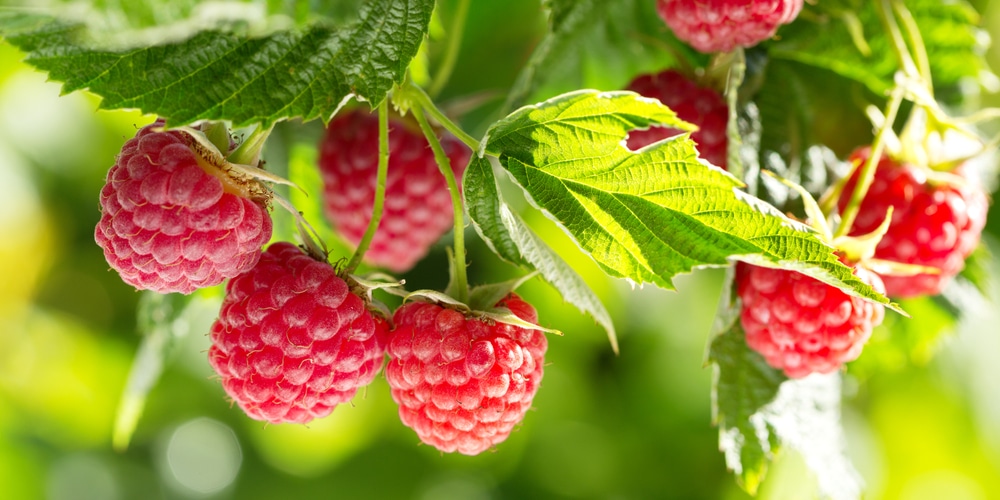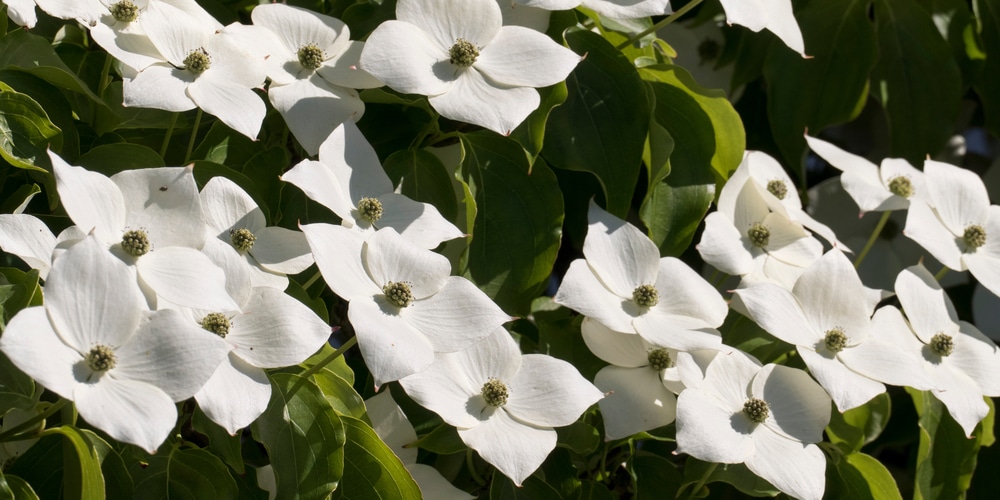If you are not new to gardening, you must know that planting your vegetables or flowers at the right time of the year is essential to be successful with them. Depending on the region you are from, there might be different ideal times of the year to plant certain species.
To know what to plant in February in Oregon, keep reading. Here, you’ll also find our tips to get the most out of your garden in Oregon. Don’t forget that planning for your yard isn’t as trivial as it sounds. And it isn’t something you should skip doing.
How to Prepare your Garden in February in Oregon

Oregon includes USDA hardiness zones between 5 and 9a. So, the climate varies depending on where you live. In general, the weather in February tends to be wet and still cold throughout the state.
Don’t forget that things might differ also depending on your elevation. In general, the weather in Oregon in February allows you to start some perennials and trees.
As the temperatures start to rise in February, it is the right time to keep an eye on weeds and take the necessary measures to prevent them from spreading in your garden.
Don’t forget that the types of plants you may be able to plant around this time of the year also depend on the type of soil you have in your garden.
Remember to test your soil and make the necessary amendments to improve the nutrient content. If you live in an area with lots of rain and clay substrate in your yard, you should avoid planting species that will struggle in soggy conditions. Or amend your soil to recreate optimal conditions for your plants.
But what plants should you start adding to your garden in February? Jump to the following sections to find out!
What to Plant In February in Oregon
February in Oregon is the best time to plant fruit trees and shrubs. Don’t forget that under the ideal conditions (and with proper care), your plants will last for several years (and give you plenty of crops).
Oregon’s climate is ideal for growing raspberries and non-native fruit trees like kiwis. Strawberries and blueberries also do good. But if your climate is too cold, consider starting these plants inside before transplanting them outdoors.
You can also plant perennials like Hellebores or Iberis in Oregon in February. But beware: your soil must be workable for that to be successful.
And if you haven’t planted bulbs in autumn, you can try planting hyacinths and daffodils: your garden will look colorful and lively in a couple of weeks!
Consider planting your annuals in hanging baskets to get color early in the season. Mix flowers of different colors or create your flower bed.
February is the right time to transplant you grow cool-season veggies seeds(like arugula, carrots, lettuce, or leeks).
Of course, that means that you planned for your yard correctly and that your seedlings are tall enough to survive outside by the time February arrives. You can plant broccoli, cauliflower, and cabbage directly in the soil at this time of the year.
Also, you can start potatoes and onions at the beginning of February.
One of the best things to plant this month in Oregon is landscape roses. And the best part about adding these plants to your garden is that they will rebloom throughout the year, under the ideal conditions and with proper care.
What Should you Do in Your Garden in February?
Besides planting the species we mentioned in the previous section, February is also the best time to cut flowering branches in your magnolia trees or dogwood. Doing so will ensure plenty of blooms as soon as the temperatures rise in the following months.
Also, consider attracting bees. You can do so by planting flowers they love: rosemary, lavender, mustard, calendula, and salvia (among others) all work perfectly to do so.
February is the best time to cut back any ornamental grasses you might be growing. Trimming your plants will encourage new growth during the warmest months.
What To Plant In February in Oregon: Final thoughts
If you have mature trees in your garden, don’t forget to prune them in February: they should still be dormant at this time of the year. Cutting their unhealthy-looking branches will promote plant health, maintain an attractive shape and size, and boost new growth.
Related Article: When to Plant Potatoes in Oregon?

